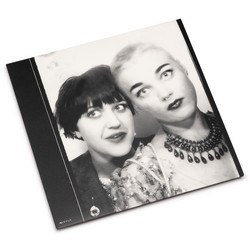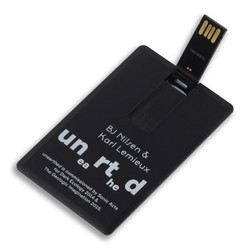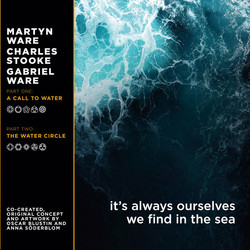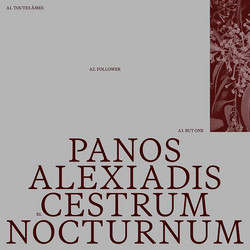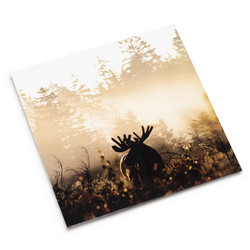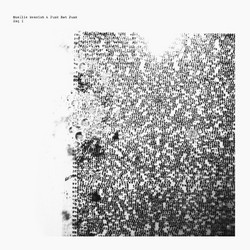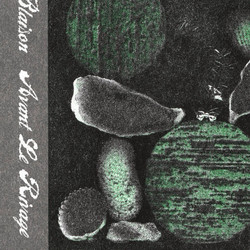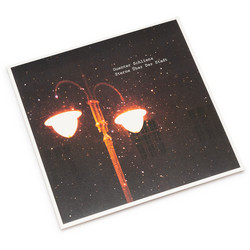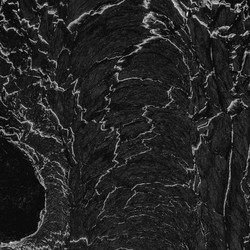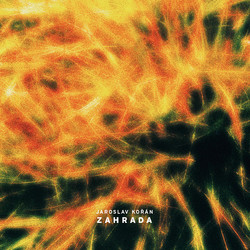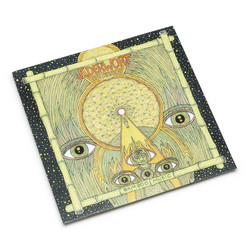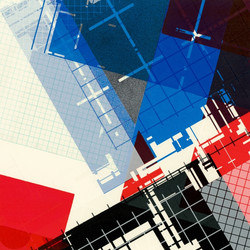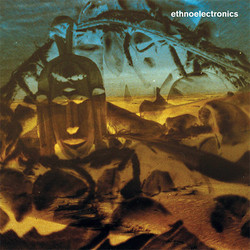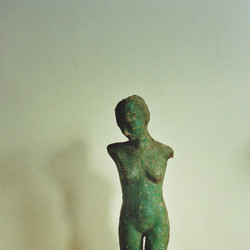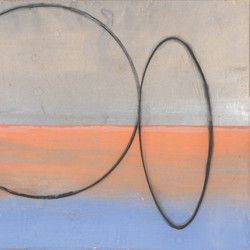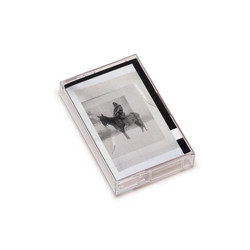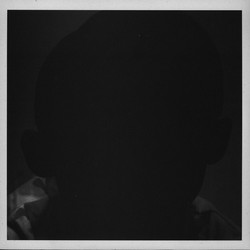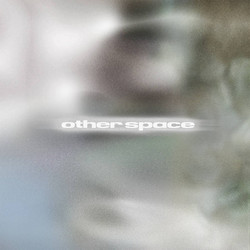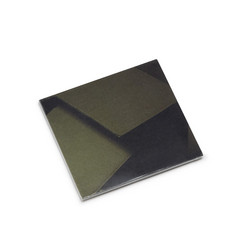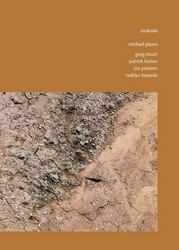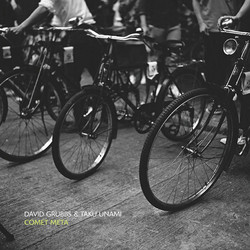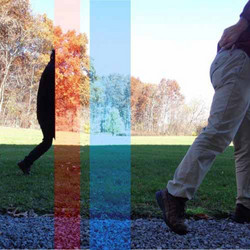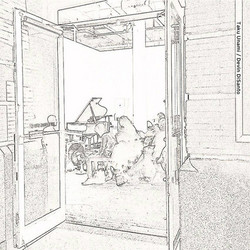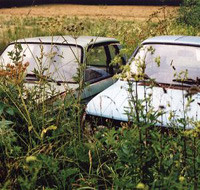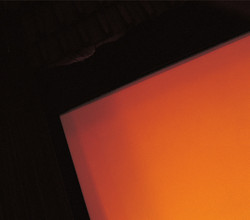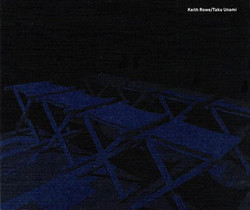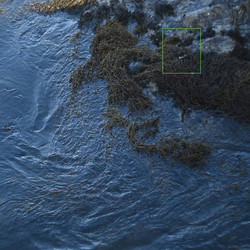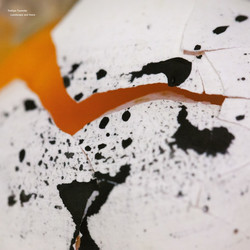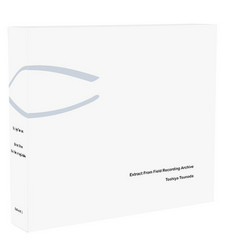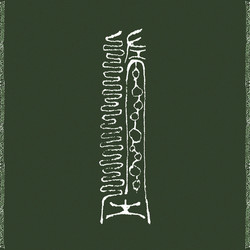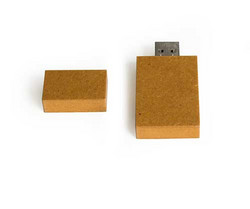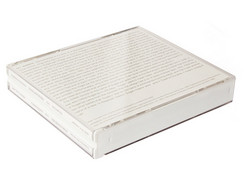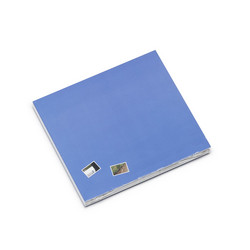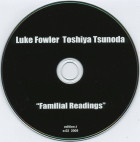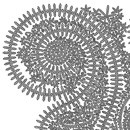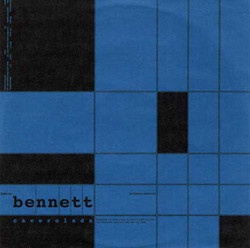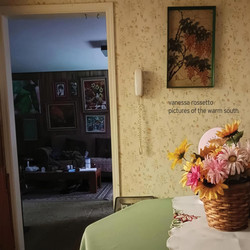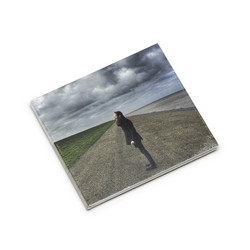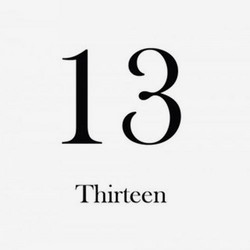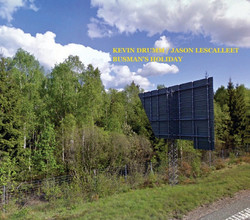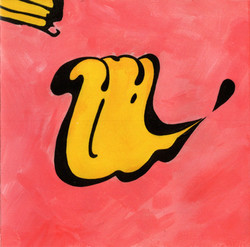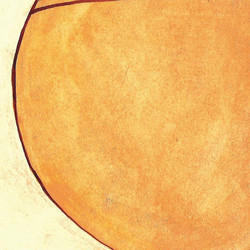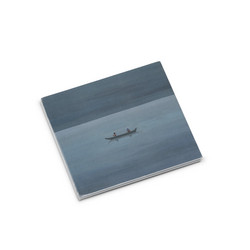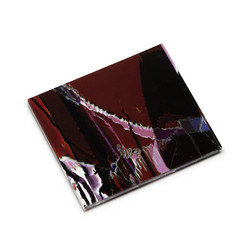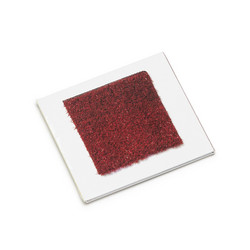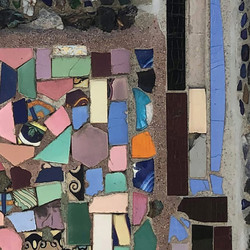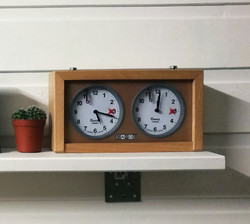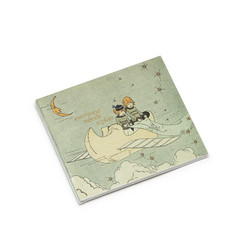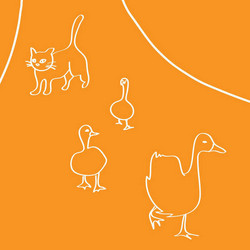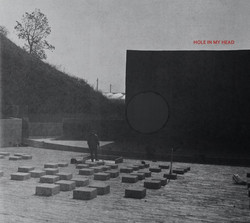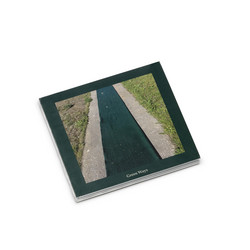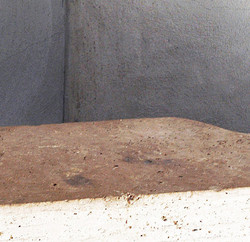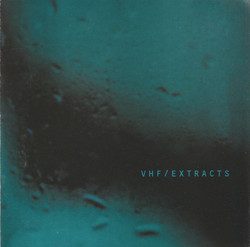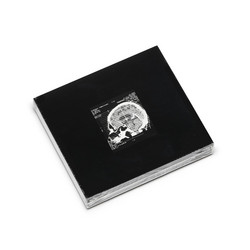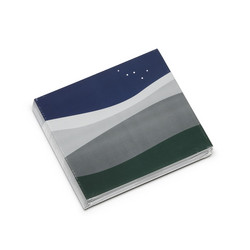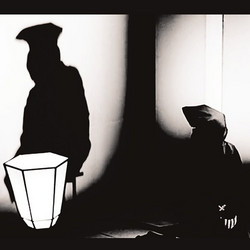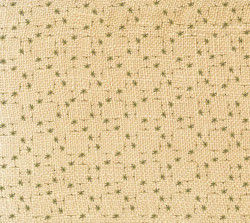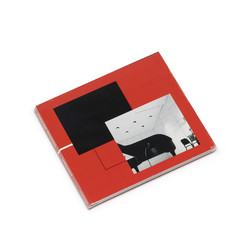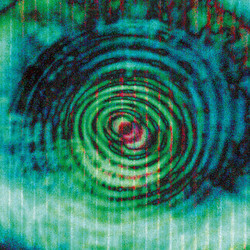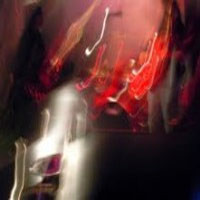The first words of Toshiya Tsunoda and Taku Unami’s liner notes to the double CD under consideration here are, “Wovenland became a band.” It should be noted that Wovenland was the name of an earlier album by Tsunoda and Unami, the digipak’s spine still credits this recording to the two individuals. And while it is within Unami’s skill set to pick up a guitar and play a song, nothing like that happens on Wovenland 2. The notes continue: “Our band activities are mainly editing in a studio. Our goal is to focus on acoustic experiments. No more and no less.”
What makes this a band is an overlap of aesthetics and intentions. Both Tsunoda and Unami employ field recordings, and each is quite mindful of the influence that different recording choices exert upon the sound being recorded. But neither treats these concerns as ends. Tsunoda captures essences of place; Unami, who also plays packing materials, synthesizer and guitar in other settings, invites the audience to be aware that they are directing attention to something. Their first recording presented, according to Dusted’s Marc Medwin, “jump-cut juxtapositions of environmental conglomerations, or inter-weavings… with location recordings overlayed or subjected to more radical manipulations.” In other words, the sounds of unrelated places and things were woven together.
But now that they’re a band, they’ve focused their investigation on the interactions between accurately captured sounds and the human processes that interpret and distort them. The first disc, subtitled Mad Patissier, runs similar inputs through related but contrasting processes. The first two tracks, for example, take the same recording of a fishing spot and runs it through a series of analyses. The variables include changes in sound, who often that change is measured and outputted, and who frequently the output was split into three layers. Maybe your band talks about who gets to solo when; apparently, these guys discuss what numbers go into the equation. Depending what numbers Unami and Tsunoda select, the same source material might reveal pigeons in a birdhouse, or a fine spray of gray noise. A recording of a public event might reveal crowd sounds, or the loudest part of firework explosions.
The second disc, entitled Speed Freak, captures the band in boys-will-be-boys mode. Readers who grew up with turntables will likely recall the hilarity that ensued when they and their friends started playing records at the wrong speed. Well, imagine the possibilities when you’re working with digital recordings and playback technology. They did. What if you take those fireworks and run them at 64 times the original speed? What happens if you double that? What do you get when you slow down a recording of cicadas grinding out their night songs? These questions are all premises for individual tracks, but the results are not as academic as you might expect. For just as a good song-oriented band doesn’t just play any song any old way if it wants to keep making records, Unami and Tsunoda have only shared the cool sounds on Wovenland 2. It turns out that slowed-down crickets are pretty hypnotic, and that fireworks played at 128 times their original speed still deliver a jolt. - Bill Meyer
